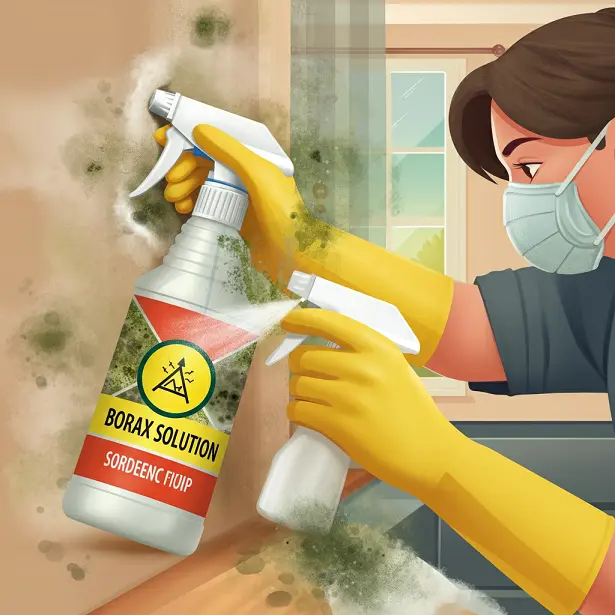How Long Does It Take Driveway Sealer to Dry
Applying sealant on the driveway is an effective method to protect it from environmental adversities, increase its lifetime, and sustain its sleek appearance. However, with sealing, timing is crucial. At what time does a driveway sealer need to be applied when sealing is a primary concern for homeowners? Understanding how long a typical driveway sealer takes to dry is one of the paramount issues for homeowners.
This guide will break down everything you need to know, ensuring that your sealing project is a success.
Why Seal Your Driveway?
Sealing your driveway offers more than just an aesthetic upgrade. It protects against:
- Water penetration can cause cracks and potholes.
- Damage from oil spills and chemicals that weaken the surface.
- The harmful effects of UV rays can dry out and fade asphalt over time.
- By regularly sealing, you can prevent costly repairs and maintain a smooth, durable surface.
2. Factors That Affect Drying Time
Weather Conditions
Temperature, sunlight, and humidity are key factors. Warm, sunny weather speeds up the process, while cooler, damp conditions slow it down.
Application Thickness
A thin and even layer dries faster compared to a thick one, can take longer, and develop inconsistencies.
Type of Sealer
Water-based sealers generally dry quicker than oil-based alternatives. However, oil-based options may offer longer-lasting protection for high-traffic areas.
Driveway Material
Concrete and asphalt absorb sealants differently. Asphalt typically dries faster as it absorbs the material more readily.
3. Water-Based vs. Oil-Based Sealers
Choosing the right sealer can impact not just the drying time but also the longevity of the coating.
Water-Based Sealers
- Drying Time: Dries in 2-4 hours for foot traffic but requires 24-48 hours before vehicles.
- Benefits: Environmentally friendly, easy to apply.
Oil-Based Sealers
- Drying Time: It takes 12-24 hours for initial drying and up to 48-72 hours for full curing.
- Benefits: Provides deeper protection and a rich, glossy finish.
4. How Long Does It Take for Driveway Sealer to Dry?
On average:
- It’s safe to walk on your driveway after 3-4 hours.
- For vehicle traffic, wait 24-48 hours.
- Full curing may take up to 30 days, during which minor scuff marks can appear but will even out with time.
5. How Long Does It Take for Driveway Sealer to Dry Before Rain?
Rain can be a challenge when sealing a driveway. Ideally:
- The sealant should dry for at least 6-8 hours before any light rain.
- For heavy rain, wait at least 24 hours after application. Failure to do so might result in an uneven seal or washed-away sealer.
6. How Long Does It Take for Oil-Based Driveway Sealer to Dry?
Oil-based sealers, while offering excellent durability, require more patience:
- Allow 24-48 hours for initial drying.
- Avoid traffic for up to 72 hours in humid or damp conditions.
- Planning is crucial with oil-based sealers as they demand a longer curing period.
7. Common Drying Mistakes and How to Avoid Them
Applying Sealer in Cold Weather
Sealing in temperatures below 50°F can hinder drying and curing. Wait for warmer weather.
Ignoring the Weather Forecast
A sudden rain shower can ruin the application. Always check for clear, sunny weather.
Overlapping Thick Coats
Applying a second layer before the first is dry can trap moisture, causing peeling or uneven drying.
8. Signs That Your Sealer is Properly Dry
You’ll know the surface is dry when:
- It has a smooth, flat appearance with no tackiness.
- Water forms beads on the surface rather than soaking in.
- No significant odour remains, indicating that curing has been completed.
9. Tips for Speeding Up the Drying Process
If you’re short on time, here are ways to accelerate the drying process:
- Work during peak daylight hours when the sun is at its strongest.
- Use a sealant designed with drying accelerants.
- Ensure proper ventilation for shaded or indoor areas.
- Use fans or a leaf blower to increase airflow in areas prone to slower drying.
10. Best Practices for Driveway Sealing Preparation
Preparation is half the battle when it comes to sealing:
- Clean the driveway thoroughly, removing dirt, stains, and debris.
- Use a pressure washer for a deep clean.
- Repair cracks and potholes before applying the sealer for a smooth, polished finish.
11. How Weather and Local Conditions Affect Drying
High Humidity
Slows down evaporation and drying. It’s better to seal when humidity is below 60%.
Cooler Climates
Curing takes longer when temperatures dip below the recommended threshold. Consider sealing during the late spring or summer months for the best results.
12. Protecting Your Driveway After Sealing
For the first 24-48 hours, avoid:
- Parking heavy vehicles.
- Placing sharp or heavy objects that could damage the coating.
- Allowing water or chemicals to pool on the surface.
13. When to Reseal Your Driveway
Depending on traffic and wear, resealing every 2-3 years can maintain durability. High-traffic areas or driveways enduring harsh weather may need more frequent care.
14. Cost of Sealing a Driveway
Sealing costs range from $0.15 to $0.40 per square foot. DIY projects are more affordable, but professional services may save time and offer higher precision.
15. FAQs
Can I apply the sealant myself?
Yes. With preparation and proper tools, sealing is a manageable DIY project.
What happens if I drive on the driveway before it’s dry?
Driving prematurely can cause streaks, uneven drying, or damage to the seal coat.
How long before full curing?
While the surface may feel dry within days, allow up to 30 days for complete curing.
How do I maintain my driveway after sealing?
Regular cleaning, avoiding harsh chemicals, and timely resealing keep your driveway in great shape.
When is the best time of year to seal?
Late spring to early summer provides the perfect balance of temperature and humidity.







